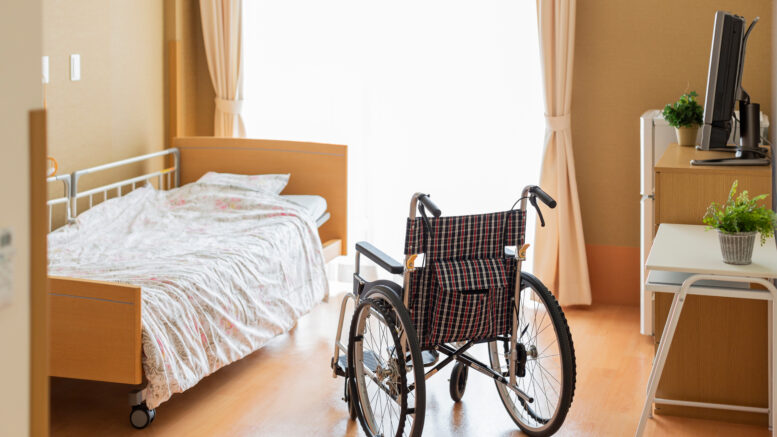A skilled nursing facility (SNF) embedded within a California hospital improved hand hygiene rates and compliance with critical infection prevention practices during the COVID-19 pandemic. This was a result of hiring a full-time, dedicated infection preventionist as required by law in the state of California.
The team from O’Connor Hospital’s SNF in San Jose, part of the County of Santa Clara Health System, shared its results in a poster presentation at the Association for Professionals in Infection Control and Epidemiology (APIC)'s 49th Annual Conference in Indianapolis, June 13-15.
California’s All Facilities Letter, issued in November 2020, required the state’s more than 1,200 SNFs to have a full-time, dedicated infection preventionist (IP) on staff, a plan for infection prevention and control, and annual infection prevention and control training for all staff. According to the Centers for Disease Control and Prevention, more than 1 to 3 million serious infections occur each year among residents in long-term care, which include SNFs. During COVID-19, residents and staff of long-term care facilities bore a disproportionate burden of illness and deaths.
Skilled nursing facilities provide 24-hour medical care as well as rehabilitative services to persons who are chronically ill or recuperating from an illness or surgery. IPs develop and oversee programs that prevent infections and improve patient safety.
“Having a full-time infection preventionist dedicated to the SNF allowed for a drill-down and identified areas of opportunity, such as hand hygiene and proper donning and doffing of personal protective equipment,” said Priya Pandya-Orozco RN, MSN, CIC, who co-authored and presented the poster at APIC with Jeffrey Mantes. Pandya-Orozco is the infection control manager for O’Connor Hospital. “In addition, because many of our residents require urinary catheters, we trained the healthcare team on best practices to prevent urinary tract infections,” added Pandya-Orozco.
O’Connor hired infection preventionist Jeffrey Mantes, RN, BSN, who dedicated his time to teaching best practices and enlisting frontline champions on every shift to help ensure that infection prevention protocols were being implemented consistently throughout the facility. They implemented use of a direct observation audit tool to monitor hand hygiene, PPE donning and doffing, and catheter-associated urinary tract infection prevention practices.
“Our IP champions perform daily hand hygiene and Foley bundle audits and correct any identified non-compliant elements in real-time to ensure patient and staff safety are maintained,” said Mantes. “Jeffrey was visible on the floor, doing ‘just-in-time’ training and daily rounding,” said Pandya-Orozco. “He always made sure staff understood the rationale behind the training.”
As a result, hand hygiene and PPE compliance at O’Connor increased from 66% in December 2020 to 99% in November 2021. Compliance with best practices to prevent catheter-associated urinary tract infections rose from 81% to 98%. Now that they have achieved and sustained success in these areas, the IP team will leverage this momentum to focus on environmental cleaning practices.
Pandya-Orozco credits this success to the addition of a full-time IP who was the go-to for any questions on the floor. “Preventing infections happens on the frontlines. In order to make improvements, infection preventionists need to be present and accessible to the staff,” she said.
In March, APIC issued a pandemic Call to Action report, urging federal policy makers to require that every nursing home have at least one full-time dedicated IP located onsite.
“Infection preventionists serve as a critical line of defense in preventing and responding to infections and integrating evidence-based strategies to limit their spread,” said 2022 APIC president Linda Dickey, RN, MPH, CIC, FAPIC. “It’s essential that facilities have enough infection preventionists to train staff and monitor safety protocols so that dangerous pathogens do not spread and lead to infection.”
